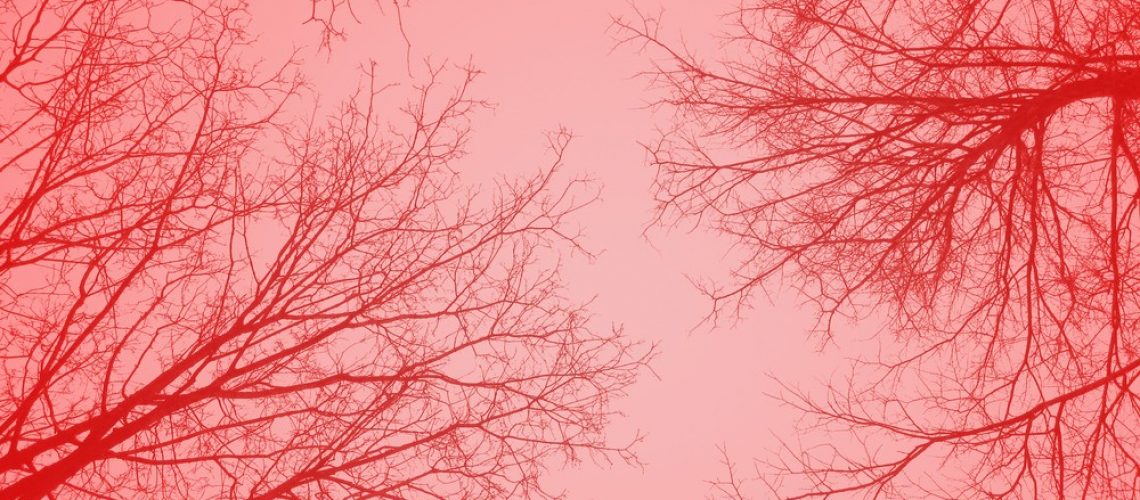The adult vascular endothelium is generally quiescent apart from during tumour growth and wound healing. The notable exceptions are within the female reproductive system; in the ovaries, uterus and placenta. Female reproductive function is dependent on rapid, cyclical and controlled angiogenesis, the ability to develop new blood vessels.
The normal processes of follicle formation (folliculogenesis), ovulation and ovarian change (corpus luteum function) following ovulation, the control of menstruation and implantation in the endometrium and the development of embryo and placenta are profoundly influenced by angiogenesis.
|
It is vital that these tissues undergo cyclical changes in angiogenesis in order to supply the oxygen, nutrients and hormone precursors essential for the establishment and maintenance of pregnancy. So a failure in the coordinated control of angiogenesis can interfere with all processes of reproduction.
Aberrant angiogenesis plays a role in dysfunctional uterine bleeding, often associated with anovulation and altered sex steroid levels, implantation failure, miscarriages, foetal growth failure. It is also linked with abnormal growth such as fibroids, endometrial hyperplasia, endometriosis and carcinoma.
Targeting the angiogenic pathway has a wide range of applications in processes in reproduction and pathologies in the reproductive tract.
Fertility and Angiogenesis
Angiogenesis is a critical factor in reproduction acting independently from the endocrine control of Hypothalamus-Pituitary-Ovarian axis. If angiogenic activity is compromised, no matter the amount of hormones given, the tissue will not grow and the uterine lining will not be sustained and thus the chance of implantation diminishes. A thin uterine lining, which fails to respond to hormonal treatment will eventually lose tissue receptor sensitivity to hormonal stimulation.
The optimization of angiogenic activity is pivotal in fertility treatment and this is particularly relevant with advanced age and/or a history of repeated implantation failure and miscarriages.
With advanced maternal age, an increase in intra-uterine hypoxia can cause embryo implantation failure and early miscarriage. Optimizing the cyclical vasculature formation, increasing intra-uterine blood flow and oxygen level are important measures mitigating the effect of reproductive ageing and extending the natural fertility potential.
This is where the use of specialized herbal formulations provides a unique advantage in fertility treatment at Pathways. Patients report changes in, both, quality and quantity of menstrual flow and improved uterine lining thickness (we aim for 8mm+, ideally 10mm+) and improved blood flow confirmed by ultrasound doppler scan after treatment. This results in an increased chance of implantation and pregnancy rate.
The pro-angiogenic and anti-angiogenic plant components have been used in traditional Oriental medicine for thousands of years. Historically established herbal formulations have been extensively screened to determine the biological effects and elucidate the mechanisms of action. Use of herbal combinations affecting endothelial cell proliferation and quantity of vessels has been validated by the standard experimental model, CAM (chick embryo chorioallantoic membrane). Individual herbs and herbal combinations traditionally used for the treatment of peripheral ischemia (limited blood flow) were proven to express VEGF (vascular endothelial growth factor) essential for angiogenesis.
Reference:
Angiogenesis and its control in the female reproductive system
Angiogenesis: from plants to blood vessels
Angiogenic effects of the extracts from Chinese herbs: Angelica and Chuanxiong.
Angiogenesis and anti-angiogenesis activity of Chinese medicinal herbal extracts.

